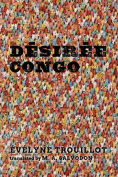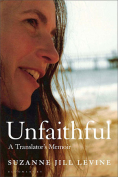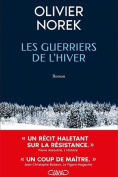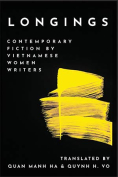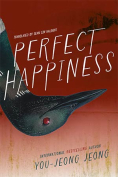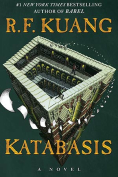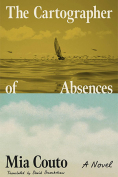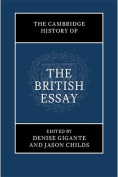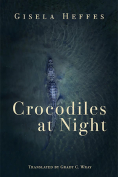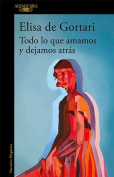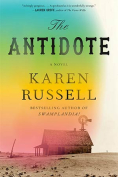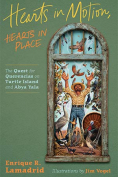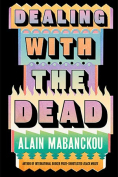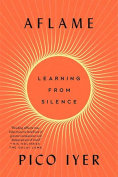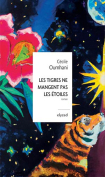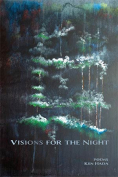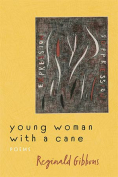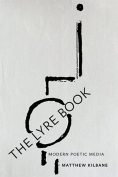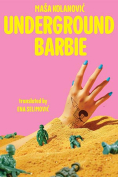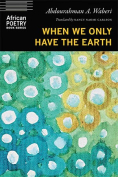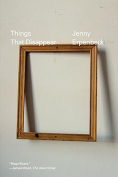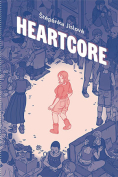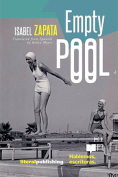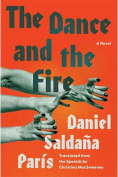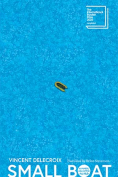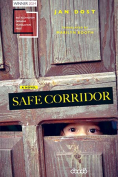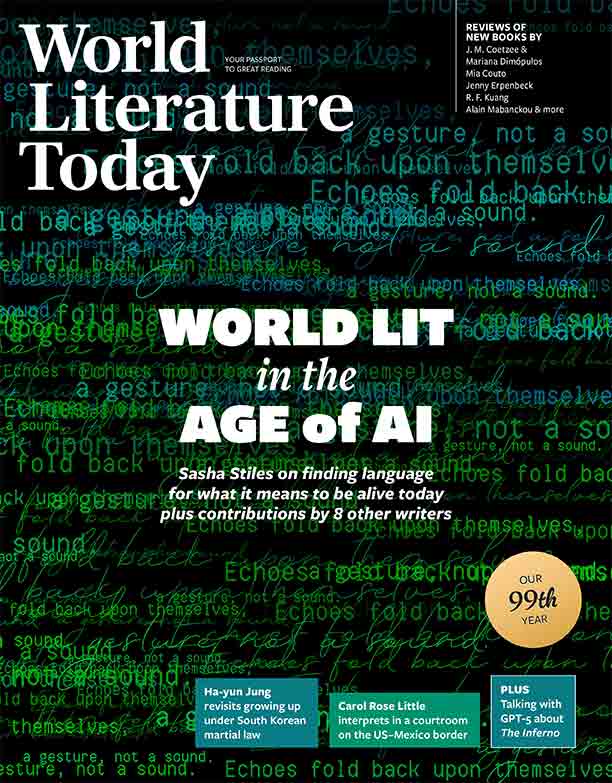The Antidote by Karen Russell
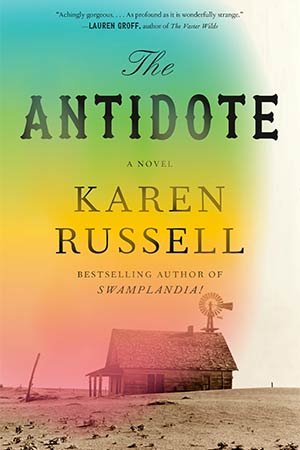
New York. Knopf. 2025. 432 pages.
The Antidote doesn’t provide a historical remedy. Instead, it’s an ambitious revisionist western set in the fictional Nebraska town of Uz in 1935, framed by two weather catastrophes: the Black Sunday dust storm and the Republican River flood. Epic in scope but condensing the history of the 1930s into a few months, the novel addresses issues that range from ecological concerns to the European inhabiting of the West and the controversial Resettlement Administration, a New Deal agency that relocated farm communities to regions that were deemed more profitable for agriculture.
The narrative is told from five different perspectives, including accounts by a scarecrow and a cat, and follows the characters’ personal histories, unique as the land they try to claim. All of them are misfits—by class, race, and gender—almost (self)tricked into believing in the immense potential of the Great Plains. Through a series of flashbacks, the characters reveal the history of the West well after the frontier’s closure and confirm assumptions about discrimination, crime, land abuse, and the mythologization that has been associated with the western expansion in recent scholarship. Russell’s fictional approach to the West is reminiscent, for instance, of novels by Téa Obreht and Anna North.
The titular character, the Antidote, is a prairie witch. As a parentless teenage mother, she is sent to the Milford Industrial Home for Unwed Mothers, a historic institution that existed from 1889 to 1953 and in which around four thousand babies were born. The mothers were court-ordered to stay in the institution for at least a year, and while being verbally and physically abused, they were trained mostly as domestic help. Their children were typically forcefully given up for adoption, and from such immense pain, the Antidote’s clairvoyancy is born. In an attempt to find her son, the Antidote settles her business in Uz, a town barely twenty-five years old, hoping that the son will find her if she stays put. Her gift is to absorb her costumers’ undesirable memories: “whatever they can’t stand to know. The memories that make them chase impossible dreams, that make them sick with regret and grief.” However, after the dust storm, she realizes that her “Vault” is empty and that she isn’t capable of retrieving any of the “deposits” her costumers desire. (That is also a baffling point of the narrative: why would anybody want to reclaim horrific memories and pay for a “retrieval” as much as for a “deposit,” especially in the time of extreme poverty?)
The problematic history of Nebraska is exposed by Harp Oletsky, an unsuccessful farmer whose fields, miraculously, are the only ones thriving during the draught, and whose family’s move to the West was prompted by a promise of religious and ethnic freedom: their Catholicism and Polish customs were suppressed by the German government. In Nebraska, ironically, their freedom is conditioned by the persecution and dislocation of the local Native American tribes.
Cleo Allfrey, an African American female resettlement photographer, is a remarkable character who shares, as Russell points out in the author’s note, “names and biographical facts with real historical figures” such as Roy Stryker, Dorothea Lange, and Arthur Rothstein. She captures the past and the future with her camera, providing constantly changing photos. Her shots show Nebraska before the arrival of white settlers, but also a future state. Both visions are unsettling. That eeriness is illustrated by the Resettlement Agency project’s hole-punched images included in the novel, which were discarded for aesthetic or political reasons (they can be accessed at the Library of Congress website). The punched faces and landscapes provide a parallel narrative about the omissions in the West; it’s almost disappointing to learn in the note that the holes aren’t the author’s intervention. In that sense, the magical realism that characterizes Russell’s prose since her Pulitzer Prize shortlisted Swamplandia! (2011) is somewhat tainted. As she suggests with The Antidote, the magic of the American West is not exactly enchanting, even though its promise is always associated with the future.
Damjana Mraović-O’Hare
Carson-Newman University
